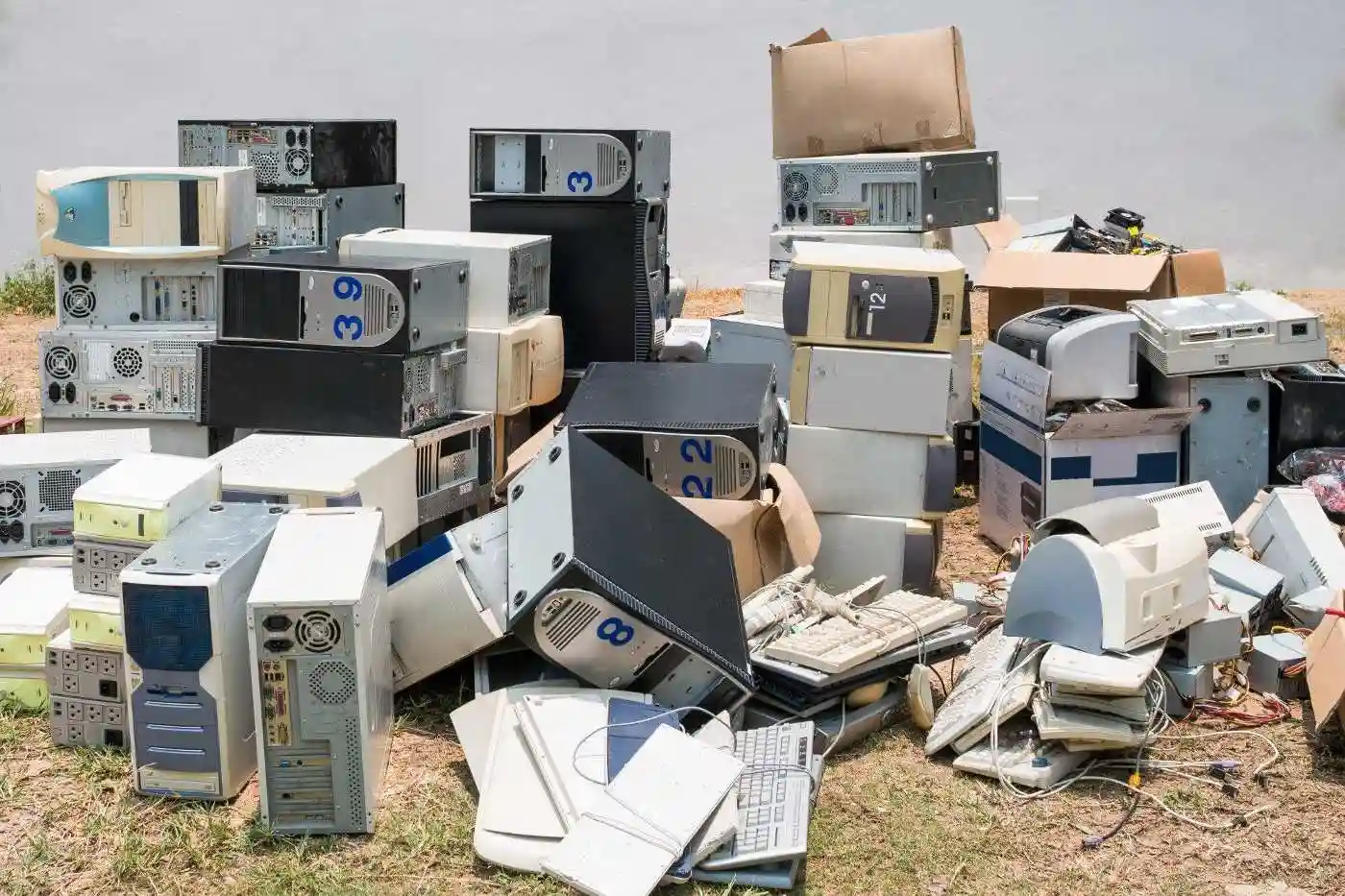Electronic scrap refers to electronic devices that have reached the end of their useful life. These devices may include cell phones, computers, televisions, and other electronic equipment. As technology continues to advance, more and more e-scraps are generated each year.
Electronic waste management has become a global concern due to the potential environmental. As a result, there has been an increase in demand for recycling e-scrap.
This article will explore these factors in more detail to better understand their impact on electronic scrap prices. Read on to learn more.
Supply and Demand
It plays a significant role in determining the price of e-scrap. When the supply of e-scrap is scarce, its demand increases, resulting in higher prices. When there is an e-scrap, the prices tend to decrease.
Factors that can affect the supply of e-scraps include:
- the rate of technology upgrades
- product life cycles
- consumer behavior
Consumers may upgrade to the latest version when a new smartphone model is released. It discards more electronic devices.
Factors also influence the demand for e-scrap. The growing popularity of electric vehicles has led to increased demand. If you are looking for a recycling technology, visit Cjdecycling.com.
Commodity Prices
Another factor that affects electronic scrap prices is the prices of commodities. These metals are found in electronic devices. This has significant value when extracted and recycled.
Therefore, fluctuations in commodity prices can impact the value of e-scrap. If there is a high demand for copper in the market, the price of e-scrap containing copper will likely increase. If there is gold, the price of e-scrap containing gold may decrease.
Similarly, silver and copper also have a significant role in the pricing of e-scrap. With the rise of renewable energy and electric vehicles, the demand for copper has surged, leading to an increase in its price. This, in turn, affects the value of e-scrap containing copper.
It’s crucial to keep an eye on these commodity prices as they often correlate directly with the value of electronic scrap. The more informed one is about the price trends of these commodities, the better one can understand and predict the price fluctuations of e-scrap.
Government Regulations
Government regulations also play a crucial role in determining electronic scrap prices. In many countries, some laws and regulations govern the recycling and disposal of e-scrap.
These regulations may include:
- mandatory recycling programs
- restrictions on exporting e-scrap to other countries
Compliance with these regulations can increase the cost of recycling e-scraps. This, in turn, can result in higher prices for consumers.
Moreover, government policies promote sustainable practices. Reducing electronic waste can also impact the prices of e-scraps.
For example, tax incentives or subsidies for developing new recycling technologies. This can influence the supply and demand of e-scrap in the market.
Understanding the Factors That Affect Electronic Scrap Prices
In conclusion, understanding the factors affecting electronic scrap prices is crucial. By monitoring supply and demand, commodity prices, and government regulations, we can gain valuable insights into the e-scrap market and make informed decisions that benefit the environment and our economy. So, let’s continue to foster responsible e-scrap recycling practices for a sustainable future.
For more helpful tips, check out the rest of our site today!




